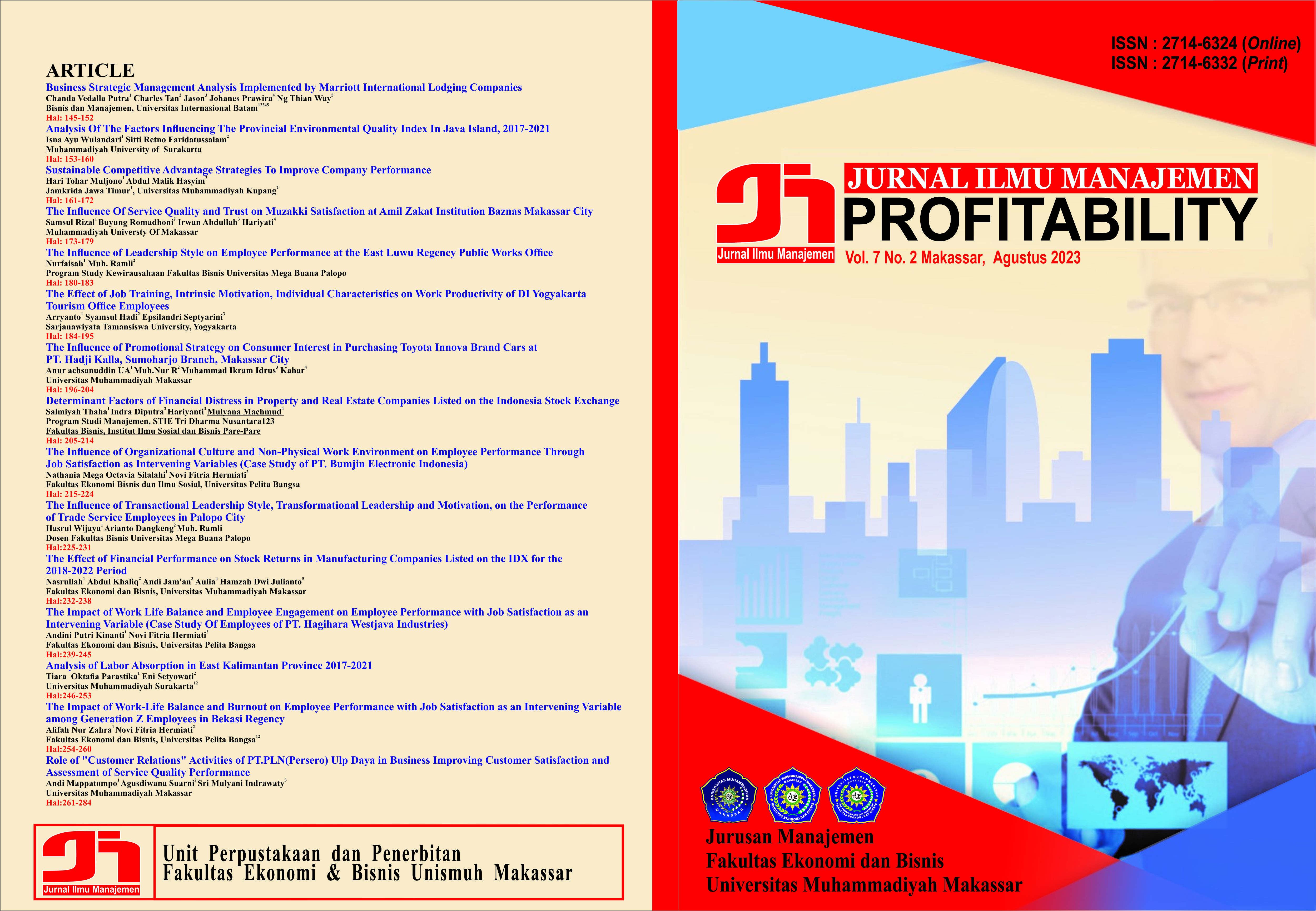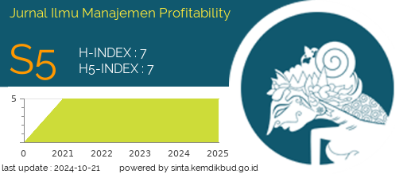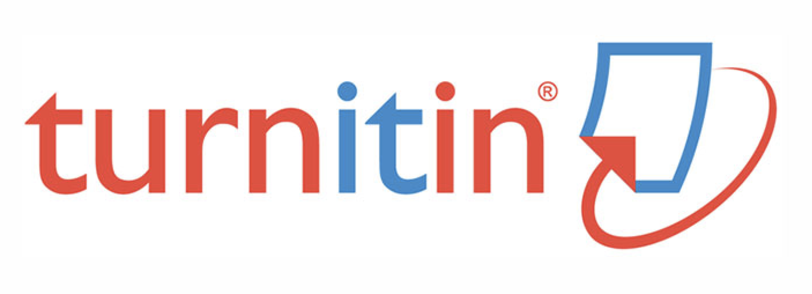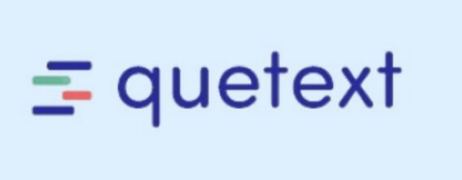The Impact of Work Life Balance and Employee Engagement on Employee Performance with Job Satisfaction as an Intervening Variable (Case Study Of Employees of PT. Hagihara Westjava Industries)
DOI: https://doi.org/10.26618/profitability.v7i2.11063
Abstract
This Good performance is a step to achieve company goals and therefore must be planned properly. In this study, researchers will prove whether work life balance and employee engagement can affect an employee's performance on job satisfaction as an intervening variable. Quantitative method was used in this research. The population in this study are office staff employees of PT. Hagihara Westjava Industries numbered 100 people. Researchers used probability sampling technique with random sampling as the type of sample. The method used in this study is Structural Equation Modeling (SEM) Analysis by Lisrel software version 8.80. The gains in this study are that Work Life Balance has no significant impact on Employee Performance, Employee Engagement has no significant impact on Employee Performance, Work Life Balance has a significant positive impact on Job Satisfaction, Employee Engagement has no significant effect on Job Satisfaction, Job Satisfaction has a positive and significant impact on Employee Performance, Job Satisfaction can mediate the effect of Work Life Balance on Employee Performance, and Job Satisfaction is able to mediate the effect of Employee Engagement on Employee Performance.Downloads
Published
Issue
Section
License
Authors who publish with Jurnal Ilmu Manajemen Profitability agree to the following terms:
Copyright of the articles remains with the authors.
Authors grant the journal the right of first publication with the work simultaneously licensed under a Creative Commons Attribution-NonCommercial 4.0 International License (CC BY-NC 4.0). This license allows others to:
Share (copy and redistribute the material in any medium or format)
Adapt (remix, transform, and build upon the material)
as long as they give appropriate credit to the original author(s) and source, provide a link to the license, and indicate if changes were made. Non-commercial use only.
Authors are permitted to:
Distribute their published work (e.g., post it to an institutional repository or publish it in a book), with an acknowledgment of its initial publication in this journal.
Enter into separate, additional contractual arrangements for the non-exclusive distribution of the journal’s published version of the work (e.g., post it to a class website or institutional archive).
For permissions to use the content published in this journal beyond the scope of the license (e.g., commercial purposes), please contact the editorial office via the journal email.
License Details:
This journal is licensed under a Creative Commons Attribution-NonCommercial 4.0 International License (CC BY-NC 4.0).












